There’s something absolutely magical about watching a once-timid rescue cat blossom into a confident, loving companion. It’s not just about whiskers and warm purrs — it’s about witnessing pure emotional growth, moment by moment. Cat lovers know the journey isn’t always easy, but it’s often filled with little victories that tug at your heart. Some days, a shy glance out from under the couch feels like a parade; other days, a soft chirp or head bump can make you believe in miracles. If you’ve ever wondered what emotional breakthroughs in rescue cats really look like, get ready for some stories that will warm your soul and maybe even make you tear up. Here are nine unforgettable times rescue cats showed the world just how far their hearts can soar.
The First Purr: A Sound of Trust

The very first time a rescue cat purrs in their new home can feel like a symphony. For weeks or even months, some cats remain silent, their voices hidden behind old fears. When that first gentle rumble finally comes, it’s more than just a cute noise — it’s a sign that trust is finally growing. You might be petting them gently, barely daring to hope, and suddenly you hear it: a soft, vibrating purr. It’s like the cat is saying, “I feel safe now.” Owners have described this moment as both surprising and deeply moving. For many, it’s the clearest sign their rescue cat has taken a huge emotional step forward. That first purr can change everything, giving hope for even more joyful moments to come.
Sleeping Out in the Open

For a rescue cat, sleeping in the open is a bold declaration: “I belong here.” Many arrive at their new homes terrified, hiding under beds or in the back of closets. It can take days, weeks, or even months before they dare to nap in plain sight. The moment you see your rescue cat curled up in the middle of the living room or sprawled out in a sunny patch, it’s enough to make your heart skip a beat. They’re no longer just surviving — they’re starting to thrive. This newfound comfort is a telltale sign of deep emotional growth. It’s as if your cat is telling you, “I trust you enough to let my guard down.” That simple act of sleeping out in the open speaks volumes about the journey they’ve been on, and how far they’ve come.
Accepting the First Pet

Many rescue cats are wary of human touch, flinching away or running at the slightest movement. So, when a once-fearful cat allows their person to stroke their fur for the first time, it’s a huge milestone. That first pet might be tentative — a single finger lightly brushing their back — but it’s a massive leap of faith for the cat. Sometimes, they’ll even lean in, eyes closing in contentment, surprising everyone in the room. It’s a moment that often brings tears to the eyes of their humans. The cat’s willingness to accept affection is a sign that they’re healing from their past and opening up to love. Every gentle touch after that becomes a building block for a stronger bond.
Initiating Play for the First Time

Playfulness is one of the clearest indicators of a cat’s emotional well-being. For many rescue cats, toys are initially ignored, and every sudden movement is seen as a threat. The day your cat finally bats at a dangling feather or chases a crumpled ball is a day to celebrate. It’s a sign that fear is giving way to curiosity, and that the cat is reclaiming their kitten-like spirit. Some cats will give a cautious swat, while others might launch into a full-on zoomie session, leaving their owners in stitches. These moments of play are more than just fun — they’re proof that your rescue cat is starting to feel joy again. It’s a transformation that’s as heartwarming as it is entertaining.
Making Eye Contact Without Fear
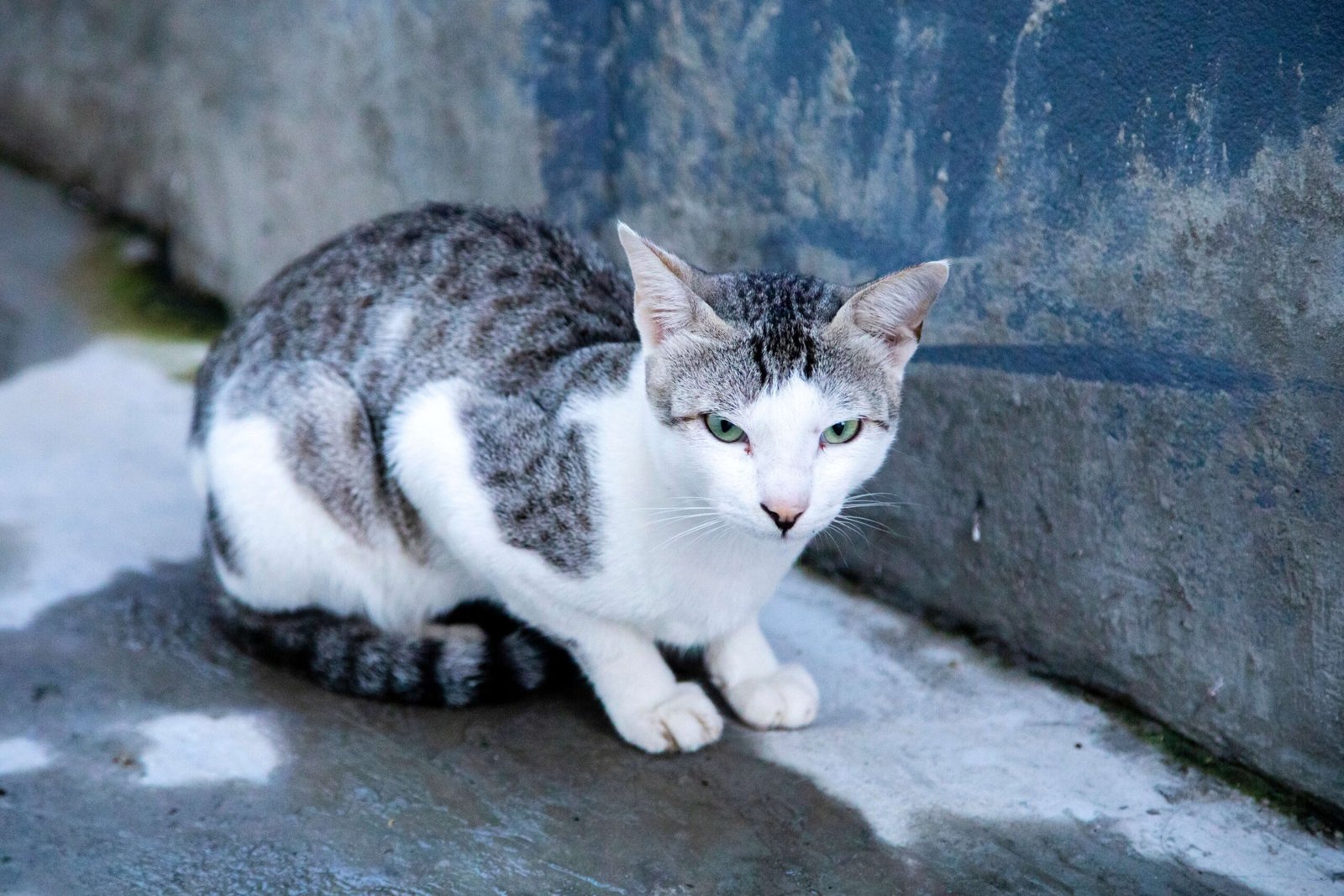
Direct eye contact can be intimidating for cats, especially those with a history of neglect or trauma. Many rescues will avoid your gaze, looking away or blinking nervously. Over time, with patience and gentle reassurance, some cats begin to meet your eyes with a calm, steady look. This isn’t just a sign of comfort — it’s a sign of trust. That first moment of unafraid eye contact can feel electric, as if your cat is finally letting you into their world. For many owners, it’s a turning point that deepens the bond between them and their feline friend. The cat’s willingness to look directly at their person is an emotional milestone that’s easy to miss but impossible to forget.
Exploring New Spaces in the Home
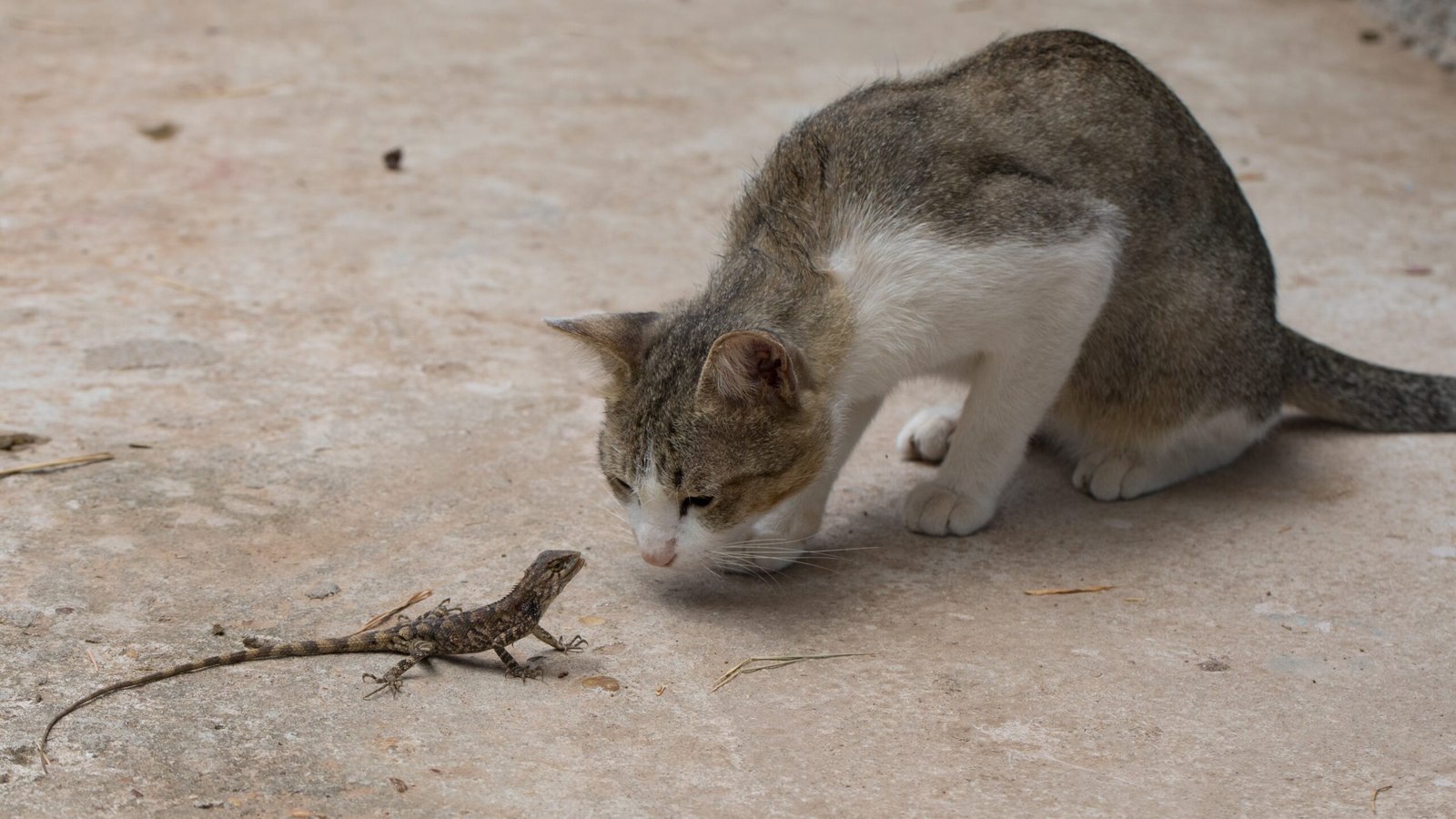
When a rescue cat arrives, their world feels very small. They often stick to one room or a single safe spot, afraid of the unknown. So, when your cat starts exploring other parts of the house — venturing into the kitchen, climbing onto a new windowsill, or sniffing around the hallway — it’s a sure sign of growing confidence. Each step outside their comfort zone is a little victory worth cheering. Sometimes, they’ll do it with slow, cautious movements; other times, curiosity gets the best of them, and they dash from room to room. This newfound bravery shows that the cat is beginning to see their home as a safe place to call their own. It’s a journey that requires patience, but each new adventure signals another leap forward in emotional growth.
Responding to Their Name
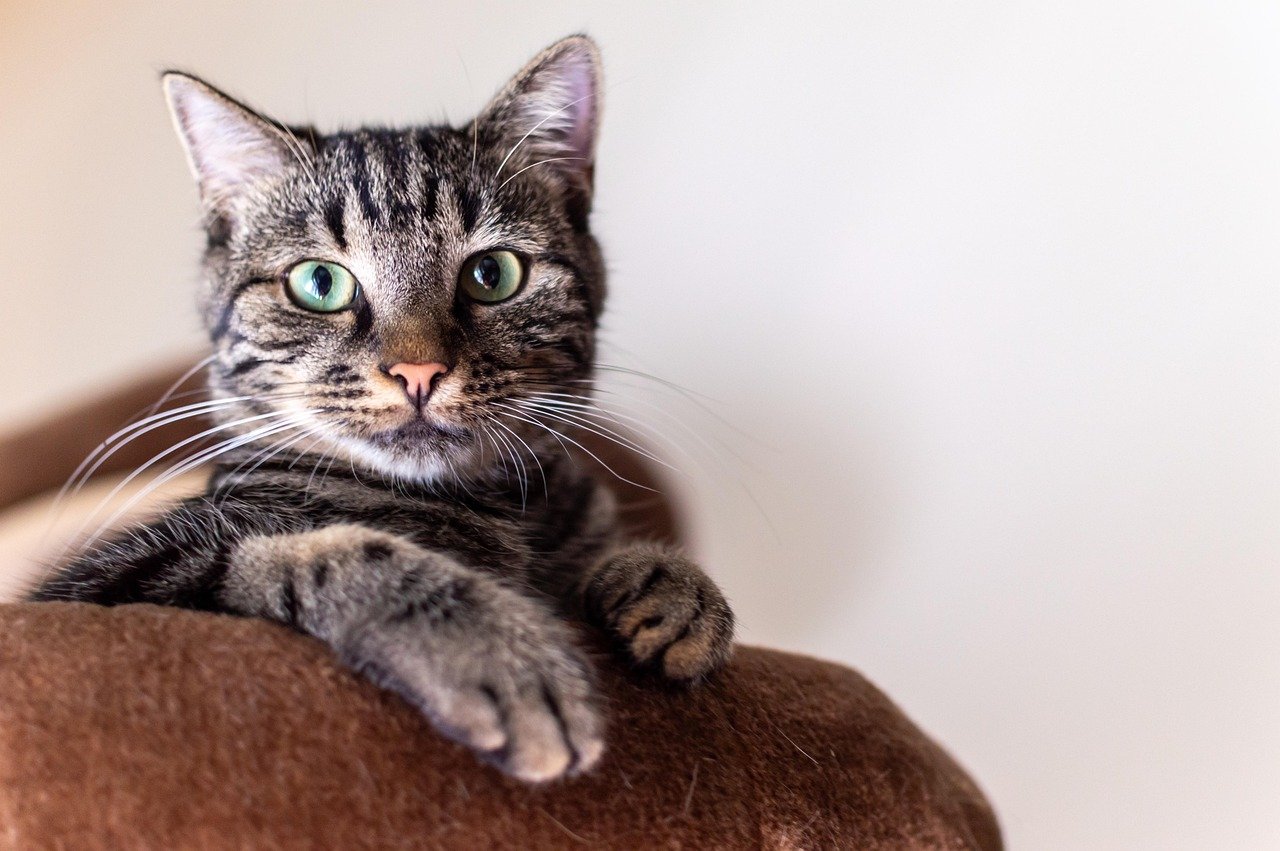
It might sound simple, but when a rescue cat finally responds to their name, it’s a big deal. At first, many rescues ignore any attempts at communication, too overwhelmed to process new sounds or words. But as they settle in, some begin to perk up or even trot over when they hear their name. This response isn’t just about recognition — it’s a sign of connection. It means the cat is starting to associate their person with safety and comfort. Owners often describe a mix of shock and delight the first time their cat acknowledges them by name. That tiny moment of recognition can feel like the beginning of a beautiful friendship.
Sharing Affection on Their Own Terms
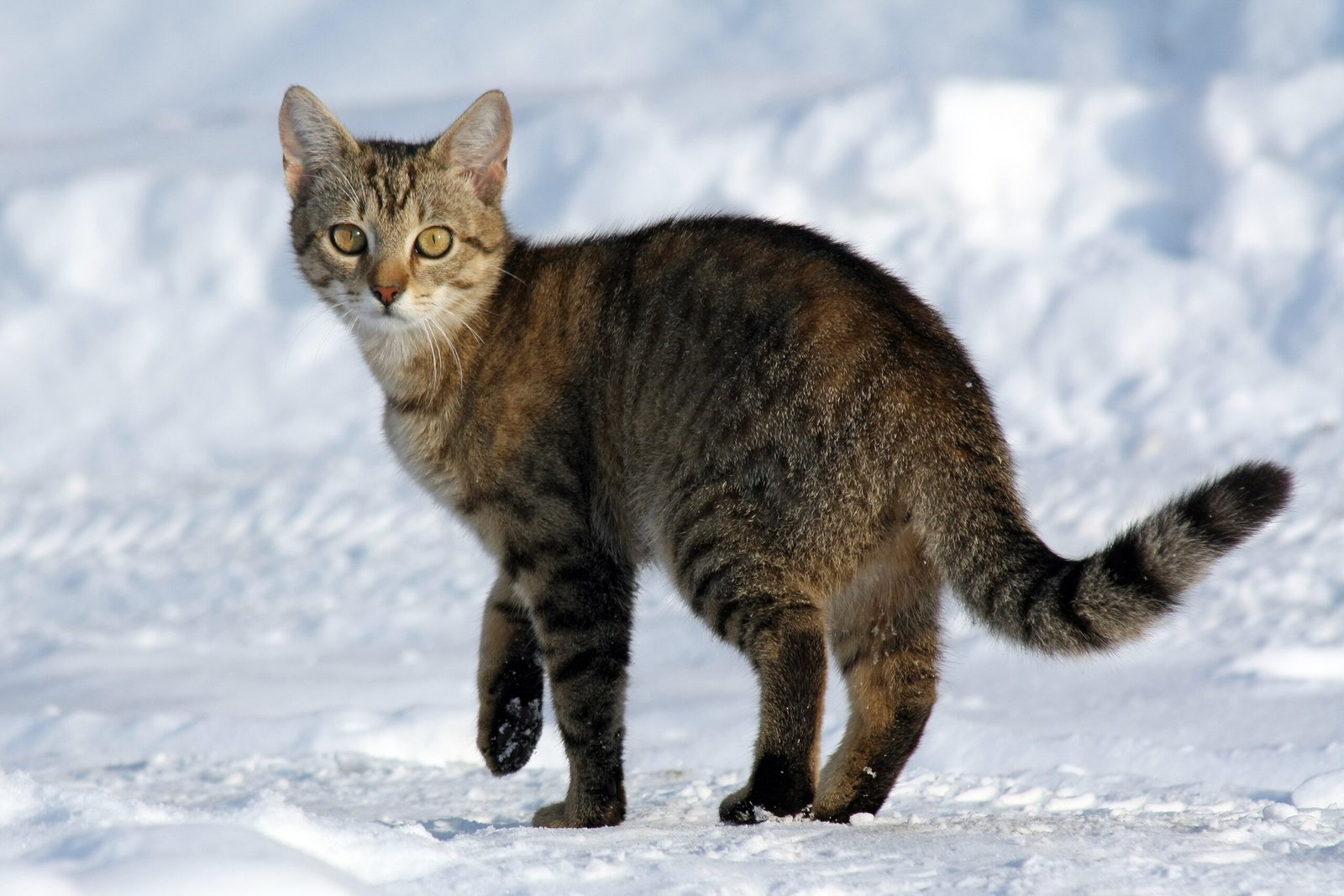
One of the most touching signs of emotional growth in a rescue cat is when they initiate affection. This might be a gentle headbutt, a purr-filled cuddle, or even just sitting quietly next to their person. For cats who once recoiled from touch, these gestures mean the world. It’s their way of saying, “I trust you.” These moments often happen when least expected, like during a quiet evening or early in the morning. The first time a rescue cat chooses to be close, it’s impossible not to smile. It’s a clear sign they’re no longer ruled by fear, but by the desire for connection.
Letting Out Their First Meow

Some rescue cats arrive silent, as if their voices are locked away by past hardships. That’s why the first meow can feel like a major breakthrough. It might be a tiny squeak or a full-bodied yowl, but either way, it’s a sign that the cat is starting to express themselves. Owners often recall the surprise and joy of hearing their formerly silent cat speak up for the first time. It’s as if the cat is finally finding their voice, both literally and emotionally. These early meows can lead to whole conversations, as the cat becomes more comfortable sharing their thoughts and needs. It’s a remarkable shift that shows just how much emotional growth has taken place.
Grooming Themselves Openly
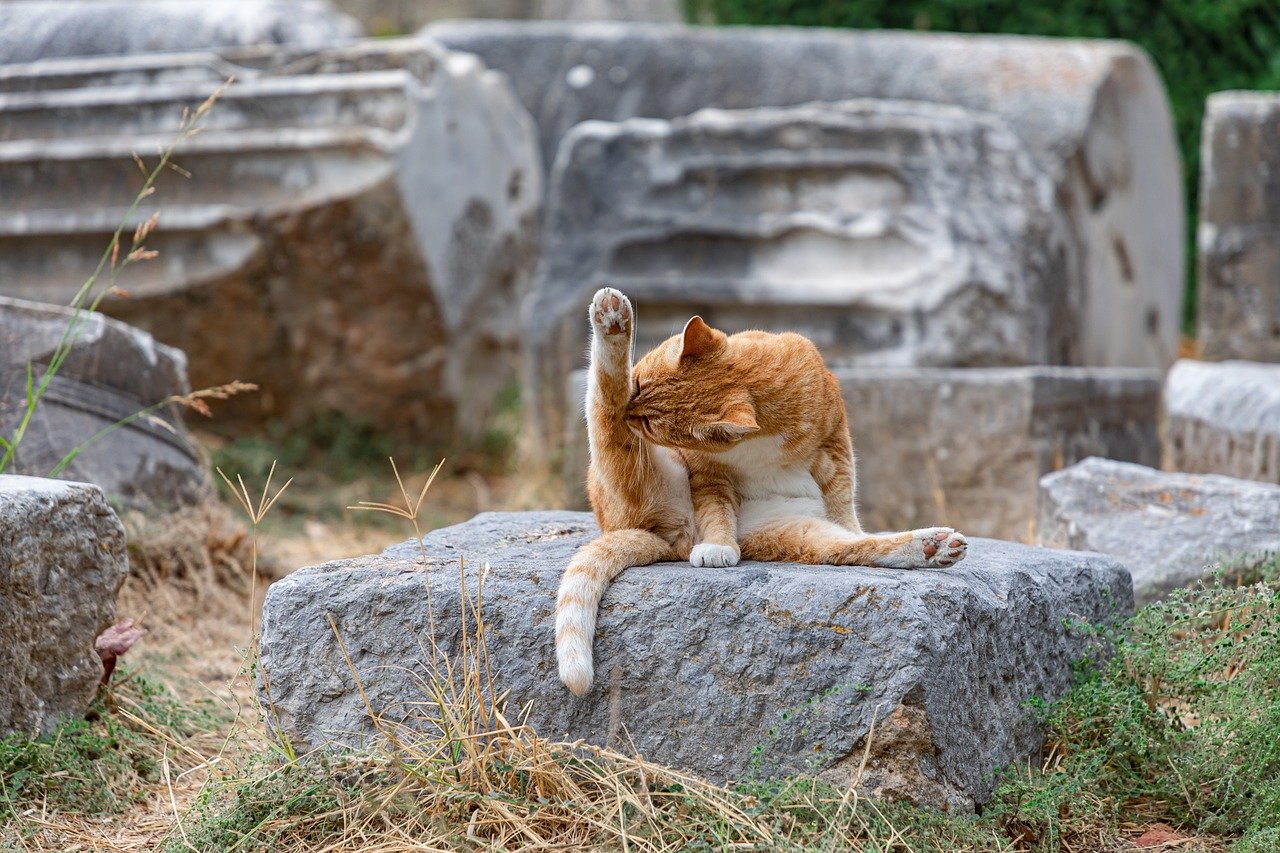
Cats are naturally fastidious, but trauma or stress can cause them to neglect grooming altogether. When a rescue cat starts licking their fur or washing their face out in the open, it’s a powerful sign of recovery. It indicates they feel safe enough to relax and take care of themselves. Owners sometimes notice this change suddenly — one day, their cat is hiding and disheveled, and the next, they’re calmly grooming in the middle of the room. This behavior is about more than just cleanliness; it’s about the cat reclaiming their sense of well-being. Open grooming is a small act with big emotional meaning.
Braving the Presence of Strangers
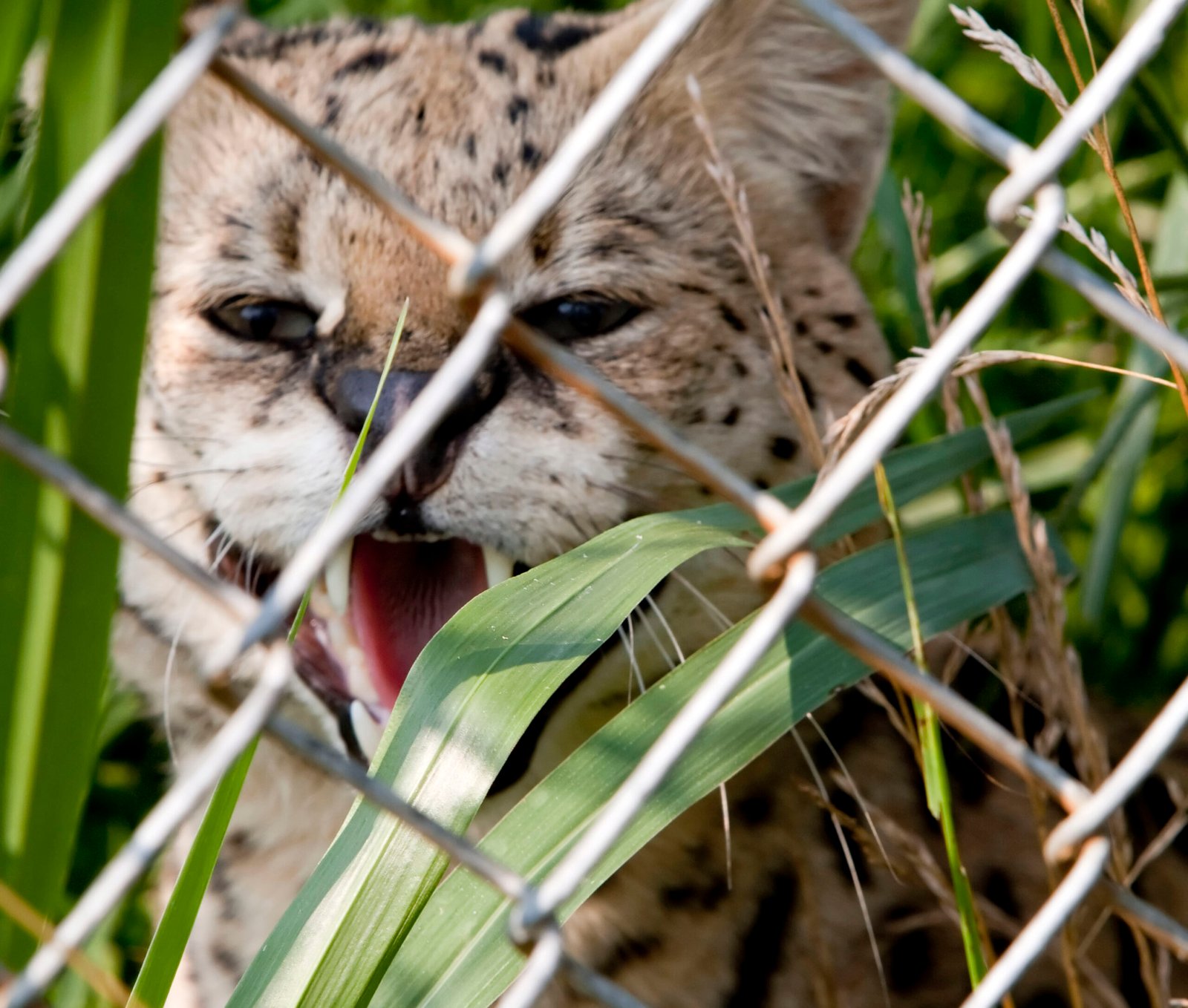
Many rescue cats are terrified of new people, vanishing at the first sound of a knock or unfamiliar voice. So, when your cat finally stays in the room as friends visit, or even dares to approach a guest, it’s an emotional leap forward. Watching a formerly frightened cat sniff a visitor’s hand or rub against their legs can feel miraculous. It’s a sign that the cat is learning to trust not just their owner, but the wider world as well. These moments don’t always come quickly, but when they do, they fill your home with pride and hope.
Playing With Other Pets
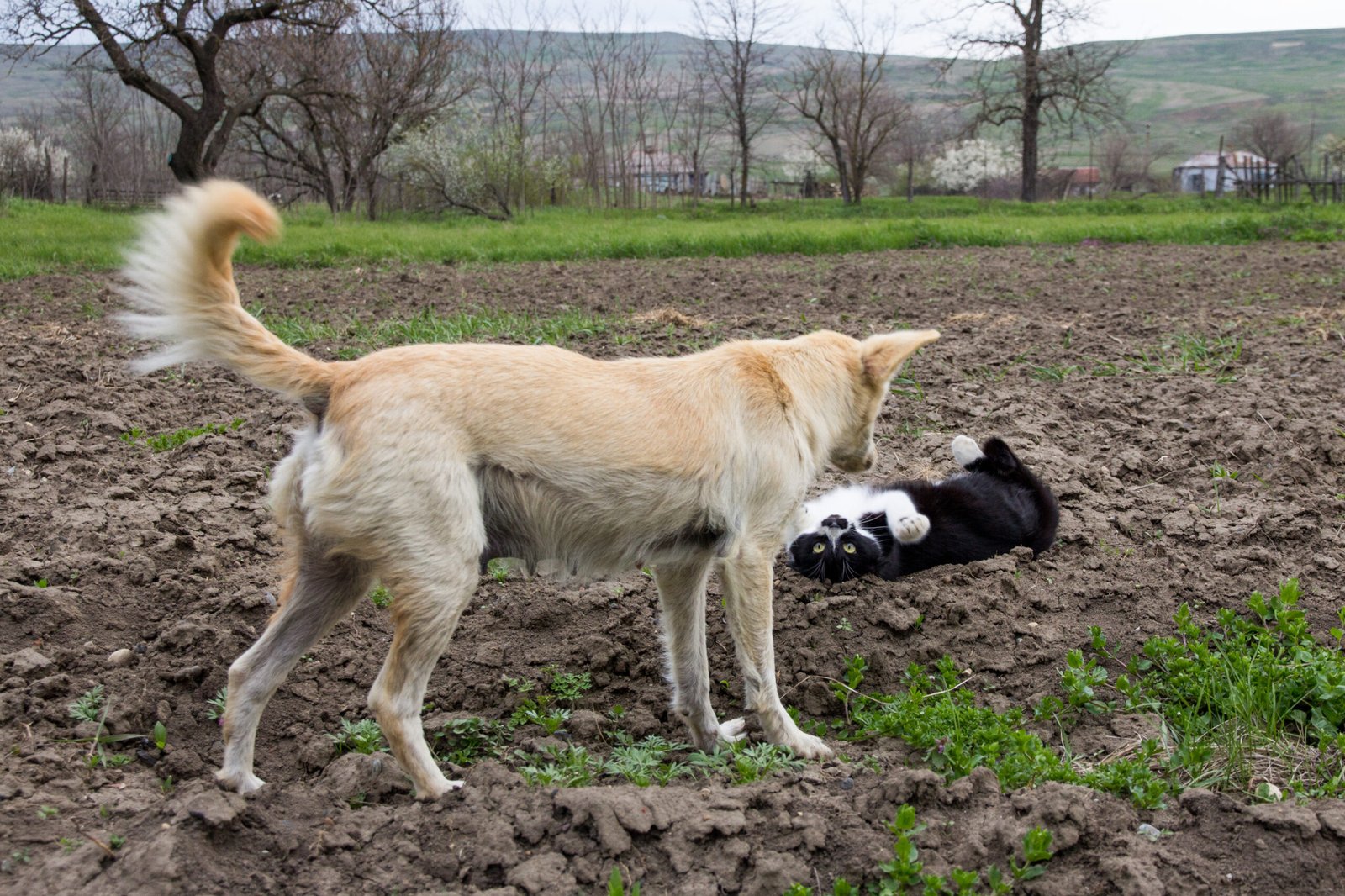
Introducing a rescue cat to other animals can be a nerve-wracking process. At first, many rescues keep their distance, hissing or hiding from dogs or other cats. Over time, as confidence grows, some begin to play with their furry housemates. The first time you see your rescue cat chasing a sibling or sharing a sunbeam with a dog, it’s hard not to get emotional. These friendships can be slow to form, but they’re a testament to the cat’s emotional healing. Interacting with other pets is a sign that your rescue cat is learning to trust and even love again.
Allowing Themselves to Be Picked Up
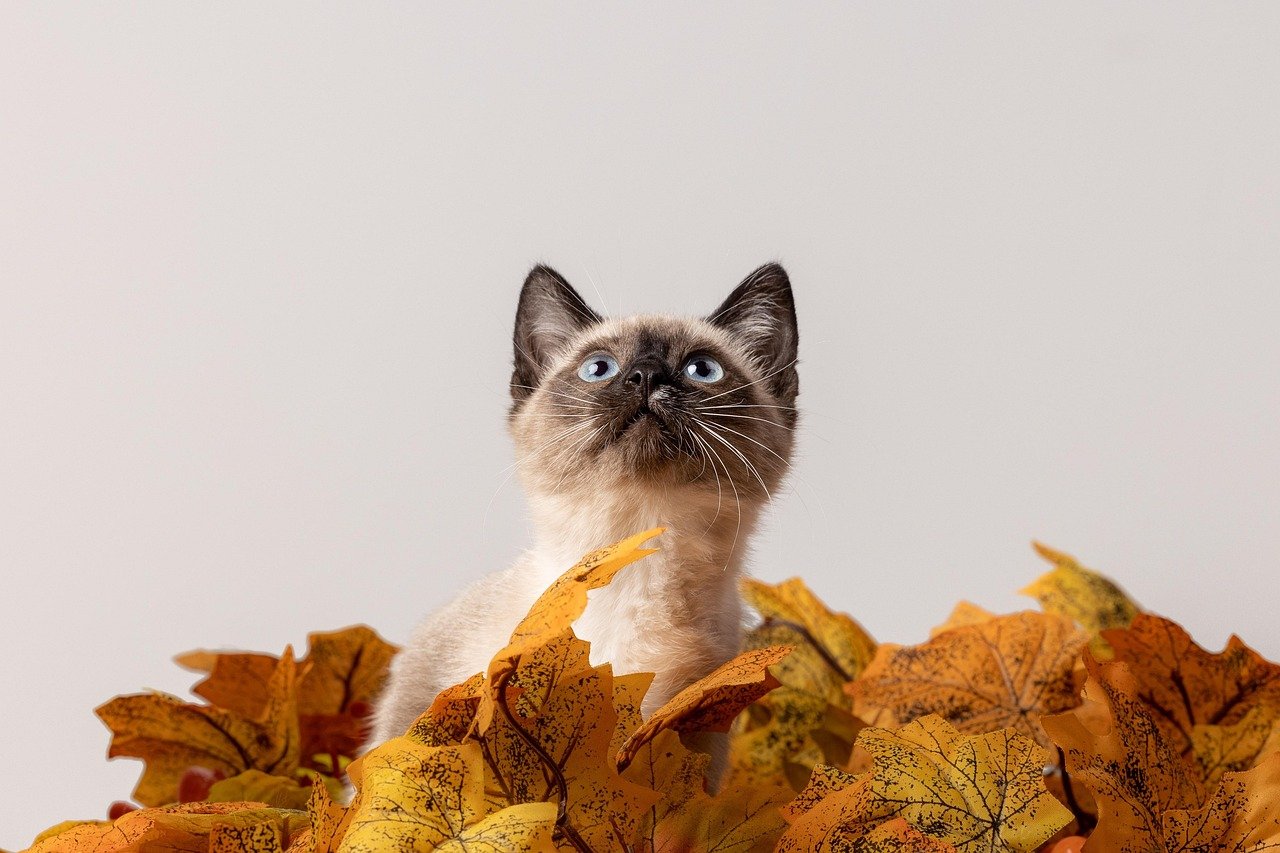
For many rescue cats, being lifted off the ground is absolutely terrifying. They might squirm, claw, or panic at the mere attempt. When a cat finally allows themselves to be picked up — even briefly — it’s a major milestone. It shows a level of trust that goes far beyond the basics. Sometimes, the cat will even relax in their person’s arms, purring or nuzzling close. Owners often describe this as a breakthrough moment, one that cements the bond between them and their cat. It’s a sign that the rescue cat feels truly safe.
Showing Curiosity About the Outdoors
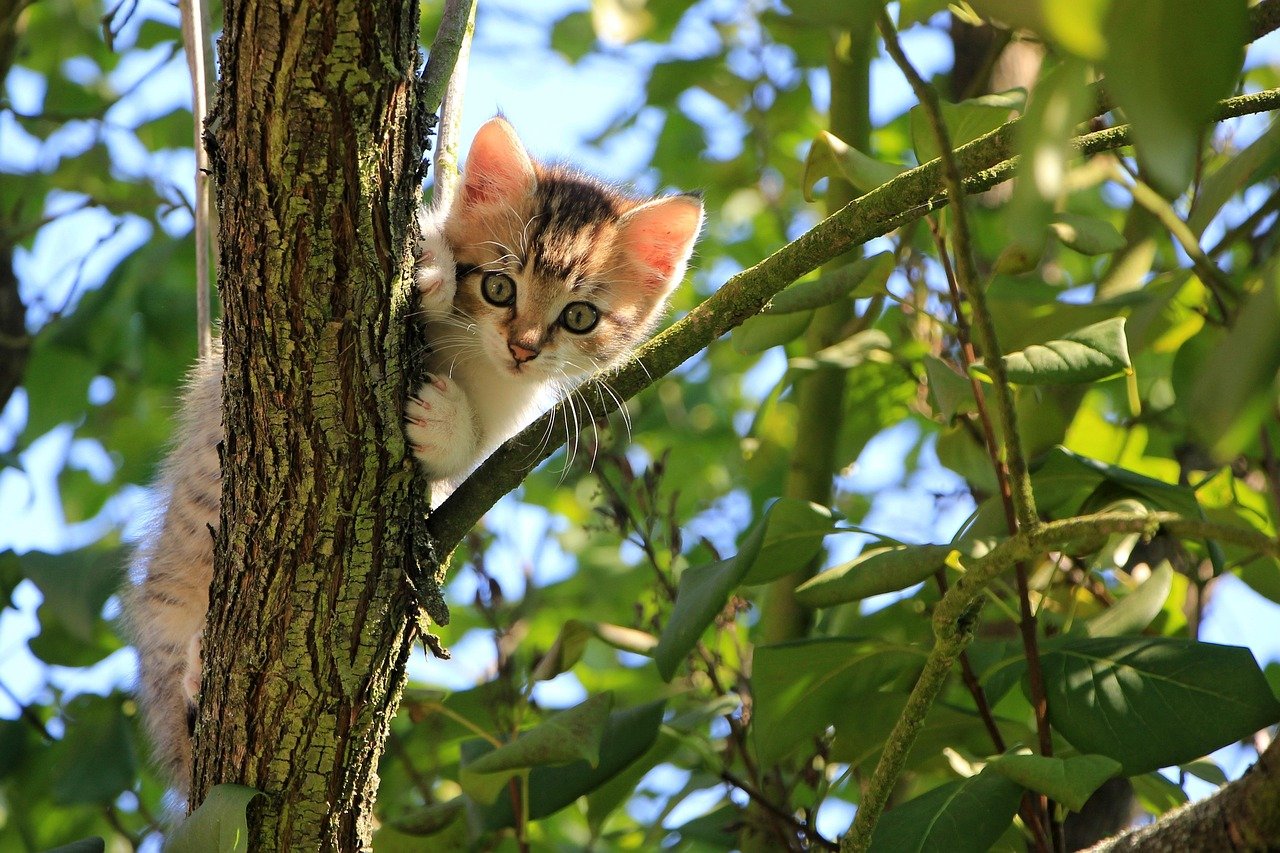
After a rough start in life, many rescue cats are wary of the outside world. But as they gain confidence, some begin to show curiosity about what lies beyond the window. They might watch birds, paw at the glass, or even ask to step outside on a harness. This newfound interest is more than just curiosity — it’s a signal that the cat feels secure enough to explore. While not every rescue cat will want to venture outdoors, those who do are demonstrating a huge leap in emotional growth. It’s about reclaiming a sense of adventure, one cautious step at a time.
Seeking Comfort During Storms
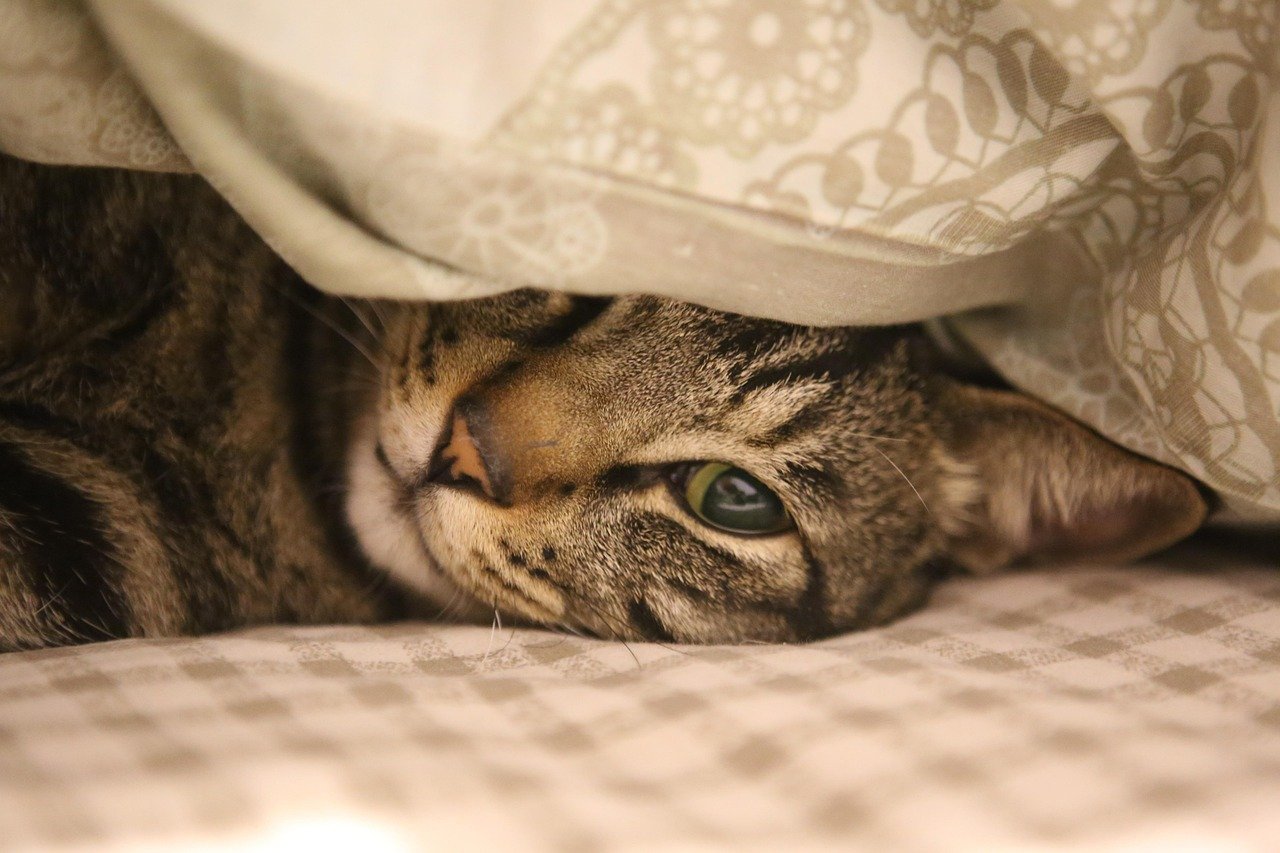
Loud noises can be terrifying for any cat, but especially for those with a history of trauma. Many rescues hide at the first sign of thunder or fireworks, trembling with fear. Over time, some begin to seek comfort from their humans during these stressful moments. They might curl up next to you, burrow under a blanket, or even climb into your lap for reassurance. This shift from hiding to seeking comfort is a sign of deep emotional trust. It’s a powerful reminder that love can help heal even the oldest wounds.
Eating in the Presence of People

A nervous rescue cat might refuse to eat if anyone is watching, seeing mealtime as a vulnerable moment. That’s why the first time your cat munches away while you’re nearby is worth celebrating. It means they feel safe enough to let their guard down, even when their back is turned. Some cats will even start to eat out of their person’s hand, a sign of trust that’s impossible to fake. This simple act is a major step in emotional development, showing that the cat is learning to associate people with safety, not danger.
Offering Belly Exposures

When a cat rolls over and shows their belly, it’s not just adorable — it’s a sign of ultimate trust. For rescue cats, this behavior can take months or even years to appear. The belly is a vulnerable spot, and exposing it is a way of saying, “I trust you won’t hurt me.” Owners often react with awe and caution, knowing this moment is hard-won. Some cats even invite gentle belly rubs, purring louder than ever. This gesture is a beautiful symbol of emotional growth and mutual respect.
Returning to Their Person After a Scare
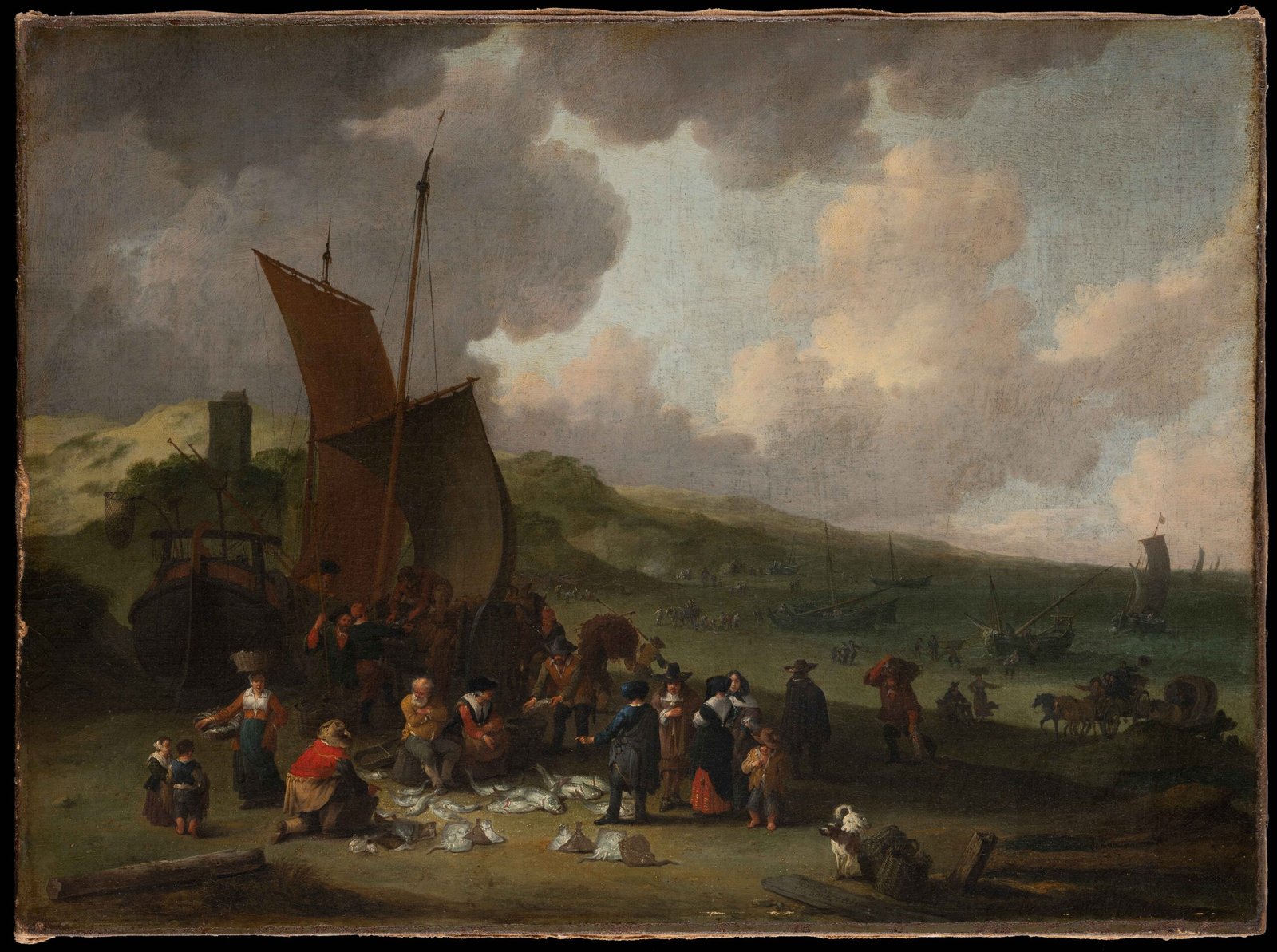
One of the most touching moments in a rescue cat’s journey is when they come back to their person after being startled. At first, any loud noise or sudden movement sends them running for cover. But as trust builds, some cats begin to return for comfort, instead of hiding for hours. They might seek out a reassuring touch or simply sit nearby, watching their person for cues. This change in behavior is a clear sign of emotional healing. It shows that the cat sees their human as a source of safety, not fear.
Initiating Morning Greetings

There’s nothing quite like waking up to a rescue cat eager to say hello. For many, it starts with a cautious approach; maybe a soft paw on the bed or a quiet meow. As confidence grows, these greetings become more enthusiastic — a full-body purr, a nuzzle, or even a playful leap onto the blankets. Morning greetings are a sign that your cat is happy to see you and looks forward to the day together. It’s a heartwarming reminder of how far they’ve come, from hiding in shadows to embracing each new morning with joy.
Showing Affection to Other Family Members
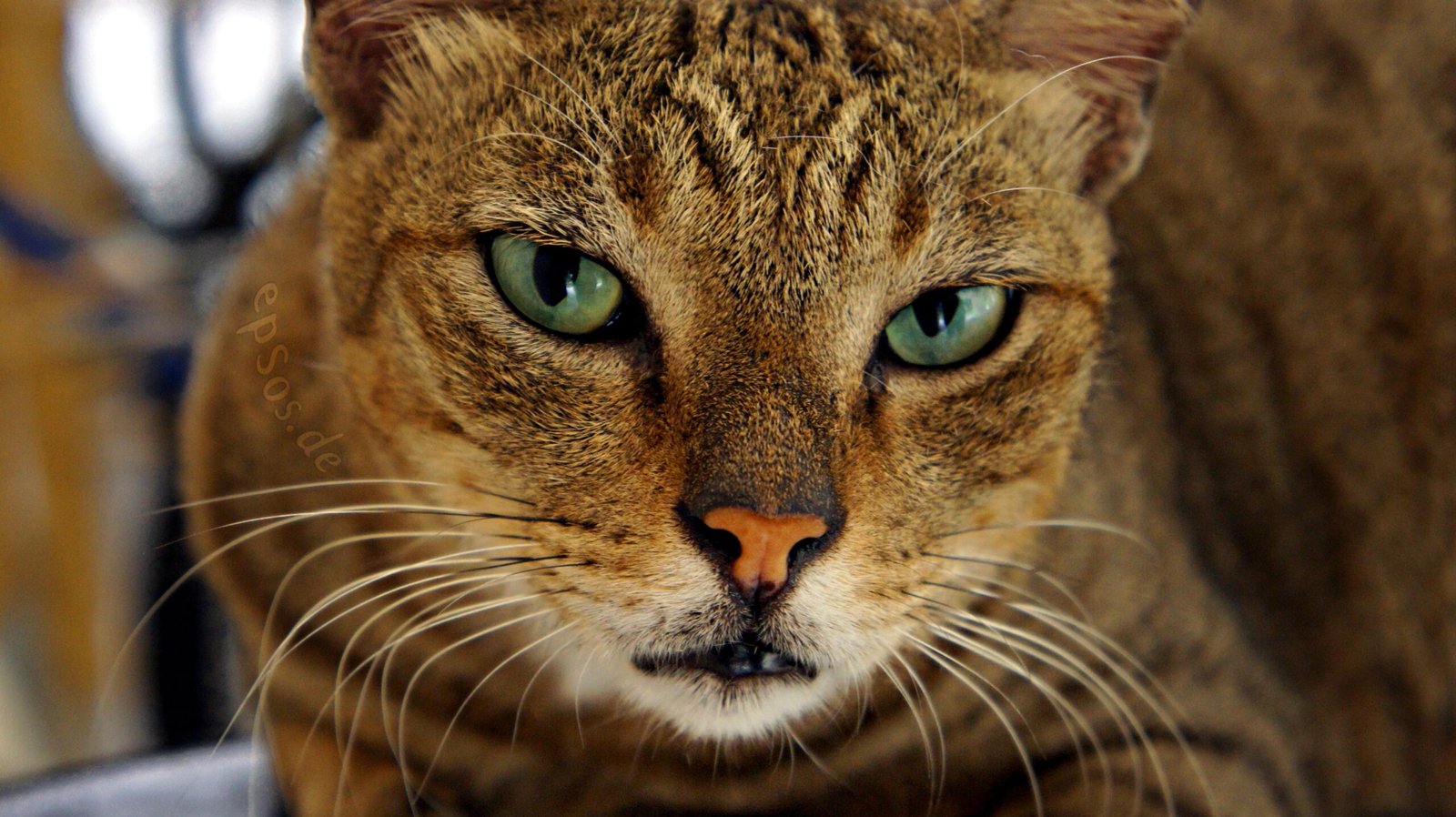
Rescue cats often bond with one person at first, reluctant to trust anyone else in the home. But as they continue to grow emotionally, some begin to extend their affection to other family members. Whether it’s a child, a partner, or even a visiting relative, these moments of connection are precious. The cat might curl up on a new lap, accept pets from a different hand, or even play with someone they once avoided. Watching a rescue cat expand their circle of trust is both inspiring and deeply moving. It’s proof that love, patience, and kindness can help even the most broken spirits heal.
Hi, I’m Bola, a passionate writer and creative strategist with a knack for crafting compelling content that educates, inspires, and connects. Over the years, I’ve honed my skills across various writing fields, including content creation, copywriting, online course development, and video scriptwriting.
When I’m not at my desk, you’ll find me exploring new ideas, reading books, or brainstorming creative ways to solve challenges. I believe that words have the power to transform, and I’m here to help you leverage that power for success.
Thanks for stopping by, Keep coming to this website to checkout new articles form me. You’d always love it!





